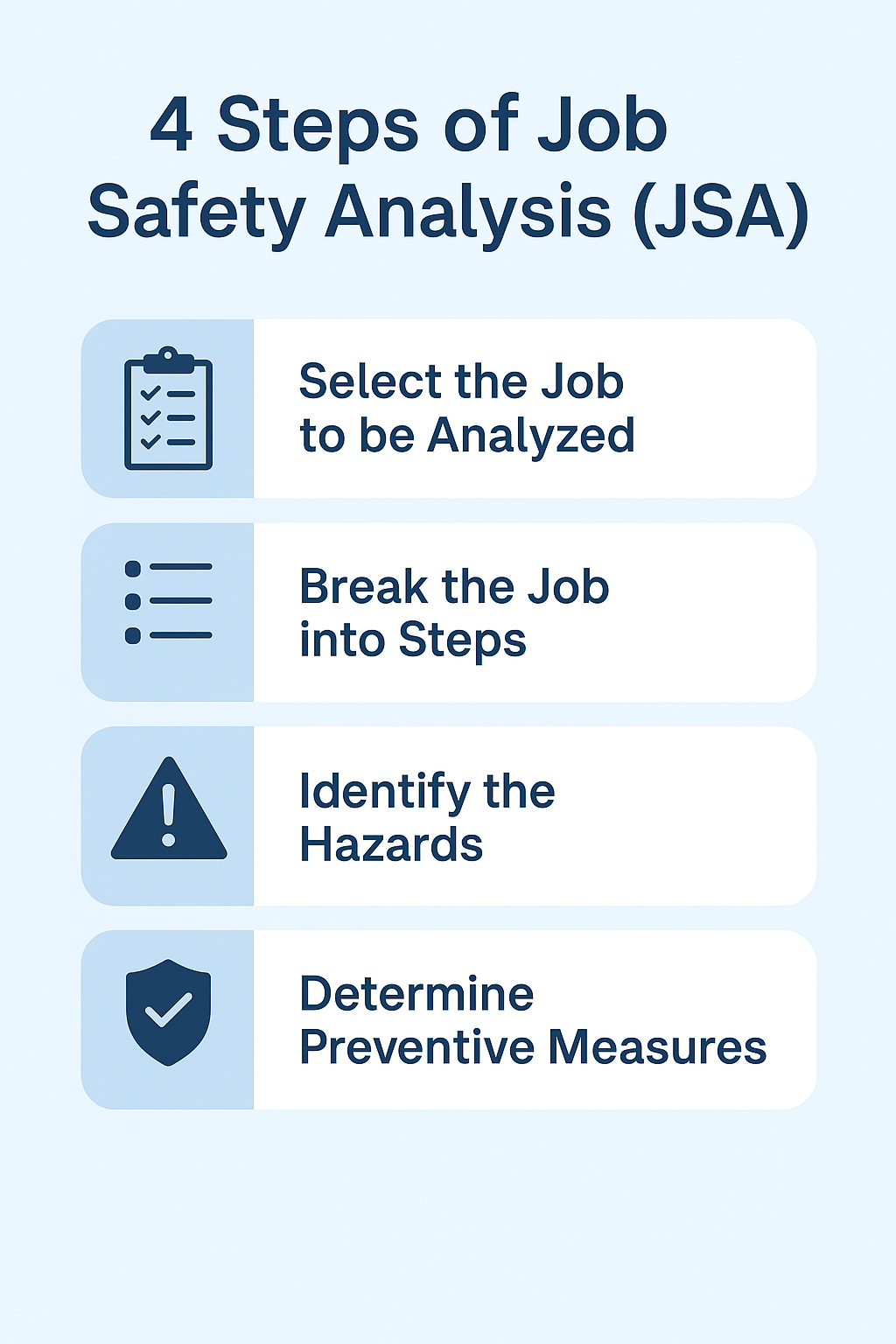
How to Calculate Risk Matrix and Risk Rating with Practical Example
How to Calculate Risk Matrix and Risk Rating : In the fast-paced world of business and project management, assessing risks accurately is paramount. One effective tool for evaluating risks is the Risk Matrix, which provides a visual representation of potential risks and their consequences. Understanding how to calculate a Risk Matrix and determine Risk Ratings can be a valuable skill for professionals across various industries. In this article, we’ll delve into the intricacies of creating a Risk Matrix and calculating Risk Ratings, complete with a practical example to illustrate the process.
1. Introduction to Risk Management
Understanding Risk
Risk, in the context of project management, refers to any uncertain event or condition that can have both positive and negative effects on project objectives. These uncertainties may include financial risks, technical risks, or external factors that can impact the project’s success.
Importance of Risk Assessment
Risk assessment is the process of identifying, analyzing, and evaluating potential risks to determine their impact on a project. It enables project managers to make informed decisions, allocate resources effectively, and develop mitigation strategies.
2. Components of a Risk Matrix
Probability
Probability represents the likelihood of a risk event occurring. It is usually expressed as a percentage or on a scale from low to high. Assigning a numerical value to probability helps in quantitative risk analysis.
Impact
Impact measures the consequences or severity of a risk event if it were to occur. It can be assessed on a scale from low to high, with higher values indicating more significant impacts on the project.
3. Steps to Calculate a Risk Matrix
Identify Risks
The first step is to identify potential risks that could affect the project. This can be done through brainstorming sessions, historical data analysis, and input from experts.
Define Probability and Impact Scales
Create clear scales for both probability and impact to ensure consistent assessment across all identified risks.
Assess Probability and Impact
For each identified risk, determine its probability and impact, and assign values accordingly.
Plot on the Risk Matrix
Place each risk on the Risk Matrix based on its probability and impact values. This visual representation helps prioritize risks.
4. Determining Risk Ratings
Assigning Scores
Assign scores to the risks based on their positions on the Risk Matrix. The scores can be calculated by multiplying the probability and impact values.
Categorizing Risks
Categorize risks into high, medium, or low based on their calculated scores. This categorization helps in prioritizing risks for mitigation.
5. Practical Example: Building a Risk Matrix
Project Background
Let’s consider a construction project to build a new bridge. We’ll identify and assess potential risks for this project.
Identifying Risks
- Delays in material delivery
- Weather-related delays
- Design changes
- Budget overruns
Assigning Probability and Impact
We assign values for probability and impact to each risk, e.g., material delivery delays have a high probability (80%) and a high impact (90%).
Plotting on the Risk Matrix
Using the assigned values, we place each risk on the Risk Matrix.
Calculating Risk Ratings
Multiplying the probability and impact scores, we calculate risk ratings for each risk.
6. Benefits of Using a Risk Matrix
Enhanced Decision-Making
A Risk Matrix provides a clear visual representation of risks, aiding project managers in making informed decisions and prioritizing risk responses.
Prioritizing Risks
Categorizing risks into high, medium, or low helps in focusing resources and efforts on the most critical risks, ensuring project success.
7. Common Mistakes to Avoid
Neglecting Regular Updates
A static Risk Matrix becomes less effective over time. Regularly update the matrix to reflect changes in risk probability and impact.
Failing to Involve Stakeholders
Ensure that key stakeholders are part of the risk assessment process to gather diverse perspectives and insights.
8. Conclusion
Effectively managing risks is essential for the success of any project or business endeavor. The Risk Matrix and Risk Rating methodology provide a structured approach to assess and prioritize risks. By following the outlined steps and avoiding common mistakes, professionals can make more informed decisions and mitigate potential issues proactively.
Hazard Identification and Risk Assessment (HIRA)
Risk Assessment in Health and Safety
9. FAQs
Q1. How often should a Risk Matrix be updated?
Regular updates are crucial. Aim for at least quarterly reviews, or more frequently if the project experiences significant changes.
Q2. Can a Risk Matrix be used in industries other than construction?
Yes, the Risk Matrix is a versatile tool applicable to various industries, including finance, healthcare, and IT.
Q3. What is the benefit of categorizing risks as high, medium, or low?
Categorization helps in prioritizing risks, allowing resources to be allocated effectively to mitigate the most critical ones.
Q4. Is it possible to eliminate all project risks?
No, complete risk elimination is rarely possible. The goal is to identify, assess, and mitigate risks to an acceptable level.
Q5. How can I involve stakeholders in the risk assessment process?
Engage stakeholders through meetings, surveys, and workshops to gather their insights and expertise in identifying and assessing risks.
By following these guidelines and understanding the process of creating a Risk Matrix and calculating Risk Ratings, you can enhance your risk management skills and contribute to the success of your projects and endeavors.
























